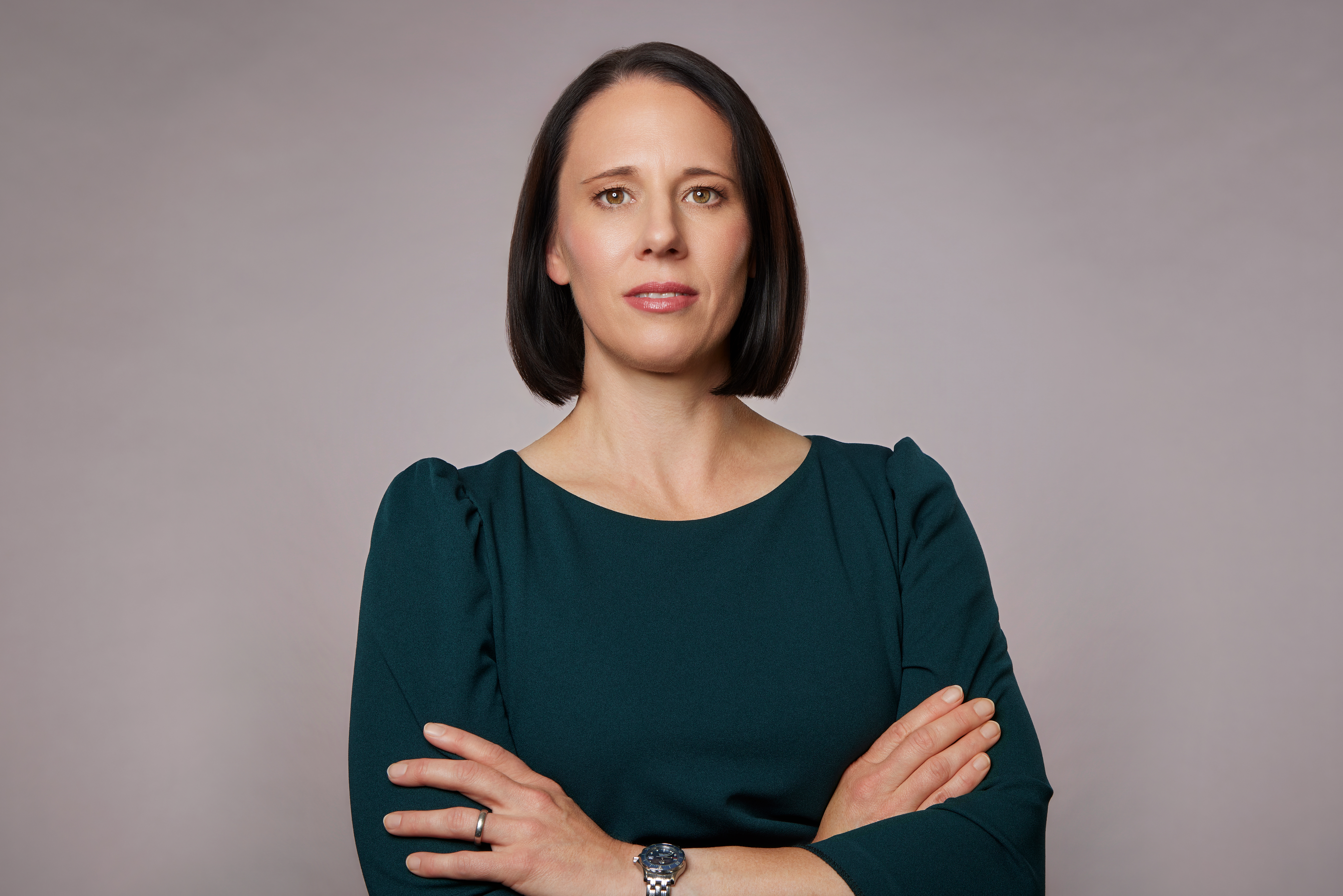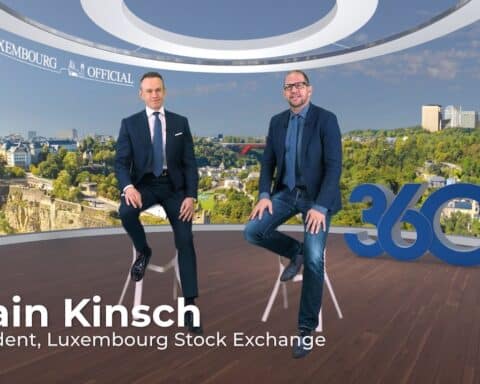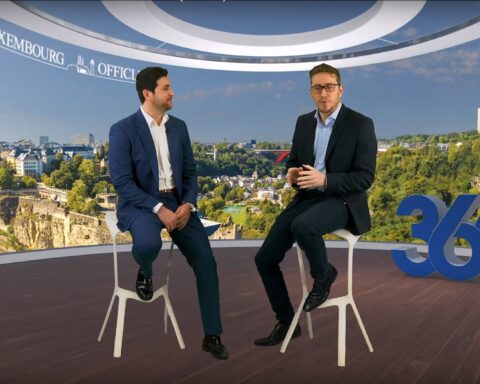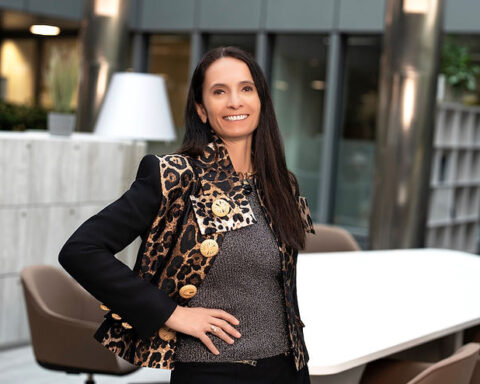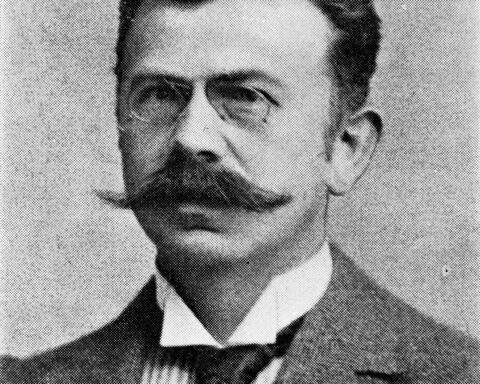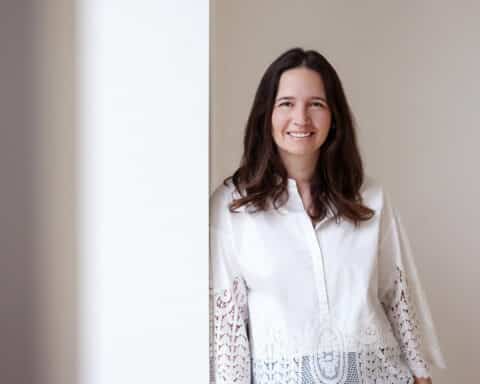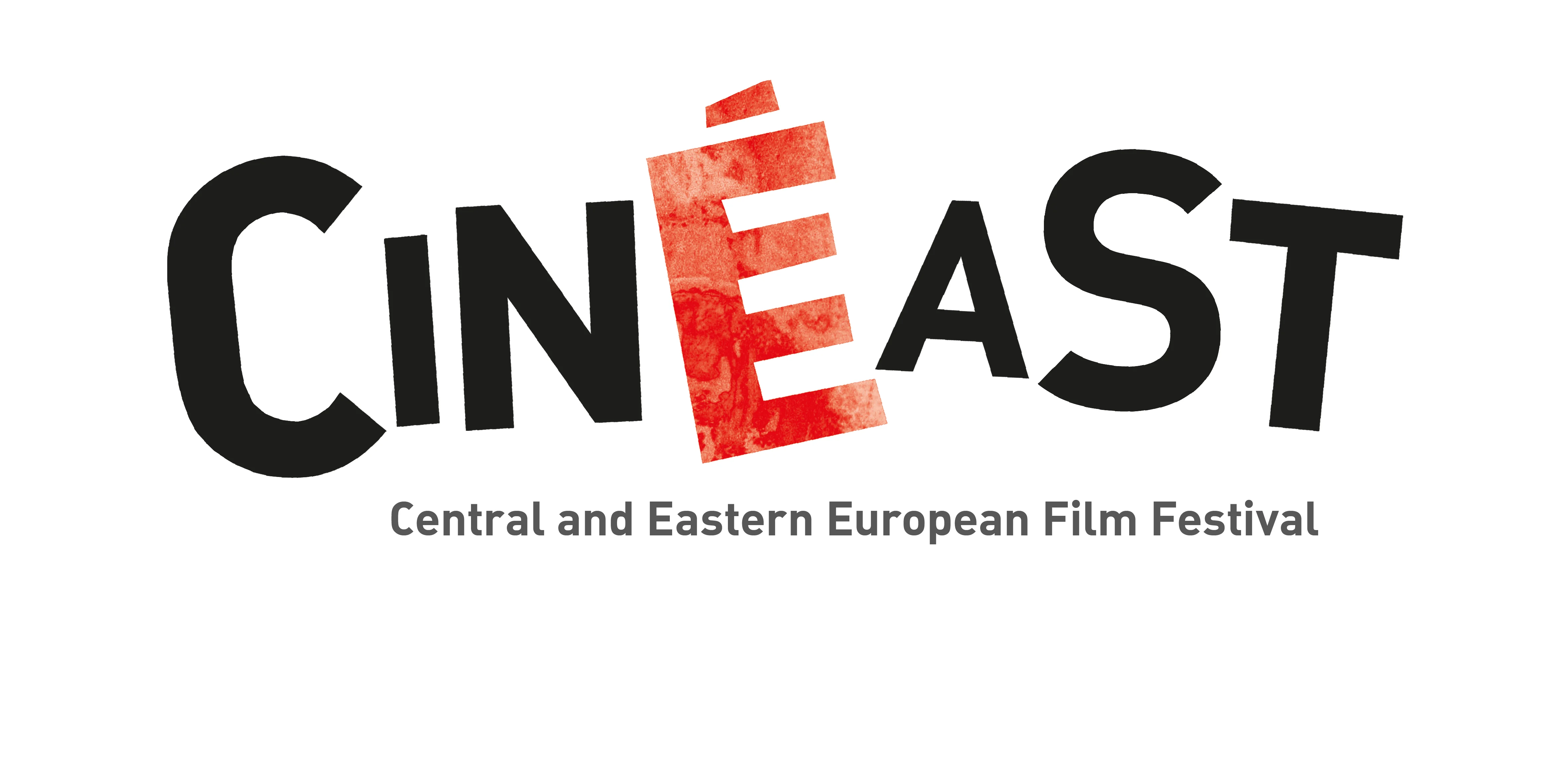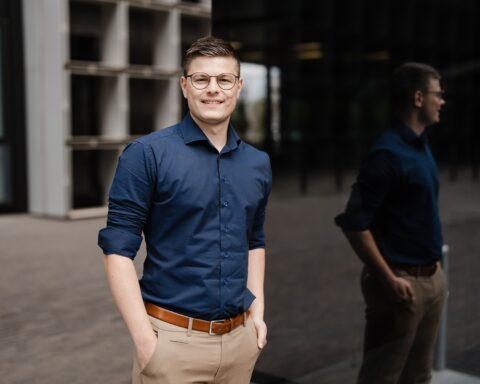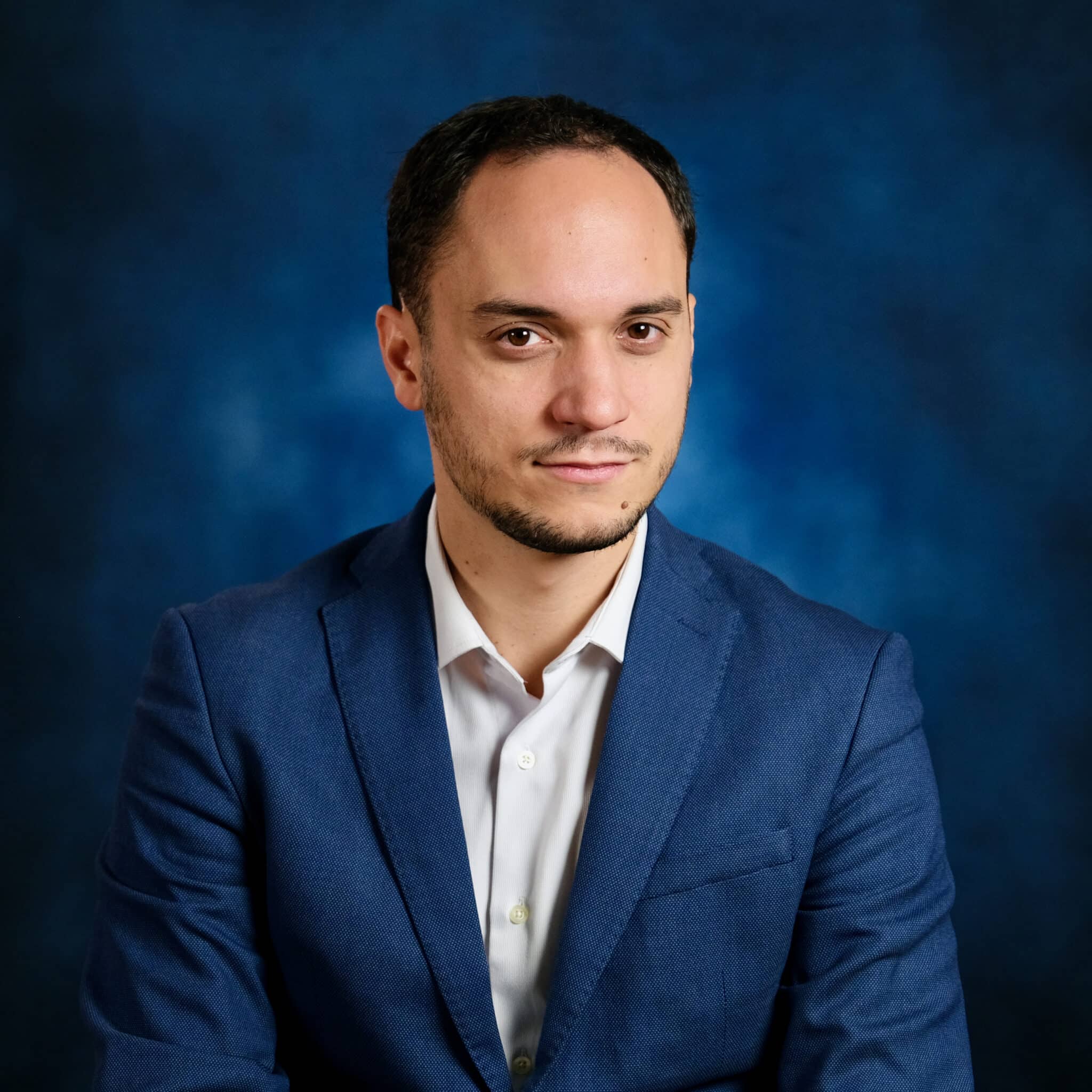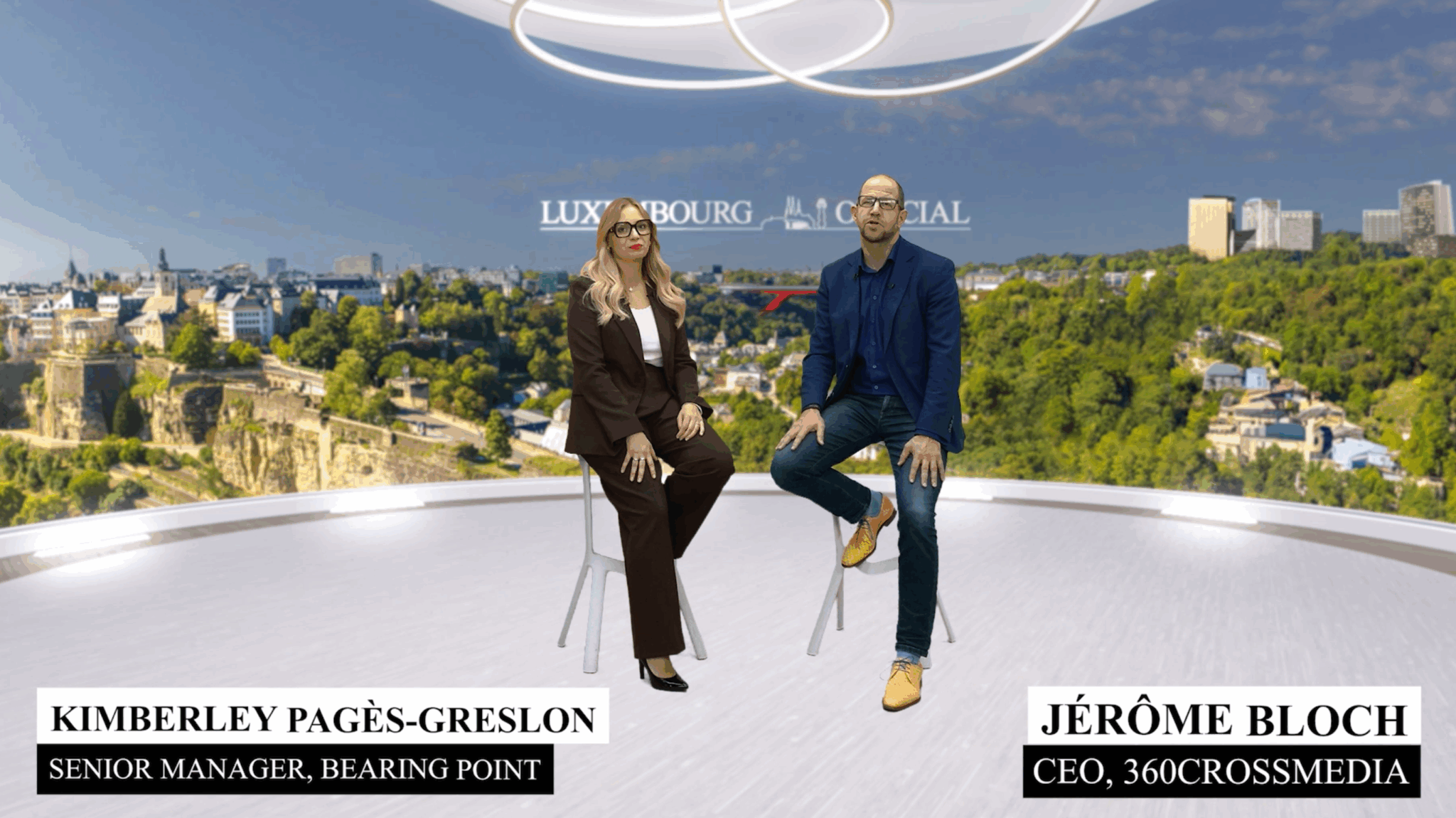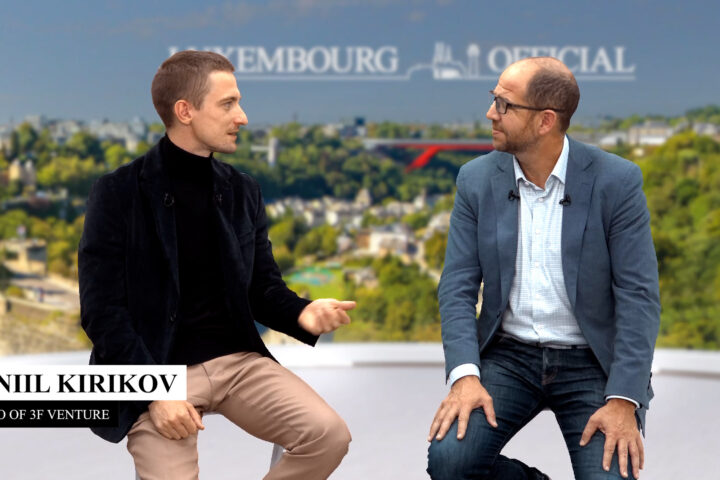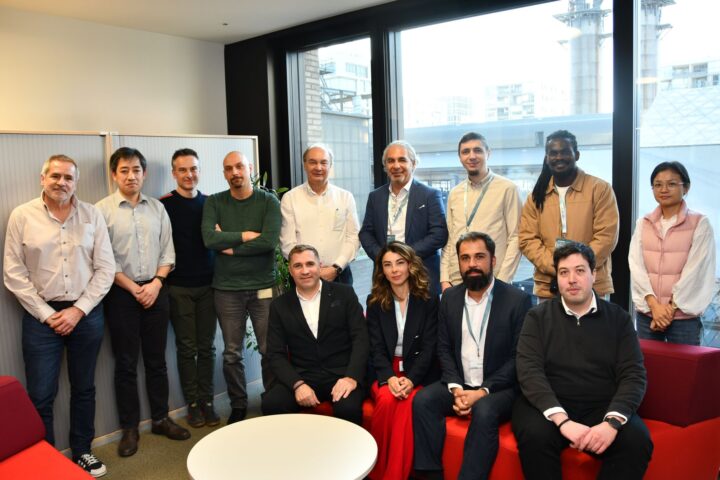Can you briefly describe ESRIC?
The European Space Resources Innovation Centre (ESRIC), created in 2020 and based in Luxembourg, is the world’s first innovation centre entirely dedicated to space resources. It is backed by the Luxembourg Space Agency (LSA) and the Luxembourg Institute of Science and Technology (LIST) with a strategic partnership with the European Space Agency (ESA). With its world-class scientists and state-of-the-art facilities unique in Europe, the centre supports the whole space resources value chain and applications. Research activities have resulted in collaborations with several industrial players (Airbus, Air Liquide notably) and start-ups. Aside from research, ESRIC also operates commercialization programmes to stimulate the market.
What purpose does the Space Resources Accelerator serve?
The Space Resources Accelerator is a ground-breaking initiative from ESA aimed at stimulating the development of a lunar economy by co-funding and fast-tracking commercial lunar resources products or services. We are here to support innovative commercial solutions that will empower ESA’s lunar exploration efforts and drive progress across the entire space resources value chain.
ESA intends to unlock up to €1 million to co-fund the first commercial projects selected on a public-private co-funding model basis, where ESA provides 50% of the funding, which must be matched by non-ESA private co-funding to pay for the costs of project implementation such as demonstrations in lunar conditions.
The call for applications is now open until 15 September to select our first cohort of Moon champions. The accelerator is a good fit for companies aspiring to: gain visibility and credibility with ESA; get funding which can support their overall fundraising efforts; mature a technology sustaining lunar exploration while creating spill-over effects on established markets – terrestrial and/or in-space; and eventually, position themselves as a frontrunner in the future lunar economy.
What companies/projects are you considering financing?
Moon is a hostile environment (temperatures, radiation, dust…) which presents significant challenges, but also opportunities for technological innovation. In fact, the Moon can serve as a laboratory where ideas could be tested and also applied on Earth or for future missions to Mars. Lunar resources – water, regolith, metals – will play a fundamental role in the future activities on the lunar surface and we identified with ESA multiple technology capabilities that will enable such operations – mobility, data, power and infrastructure notably.
Aside from technological considerations, commercial criteria will be applied as well. We would like to support companies which possess dual-use solutions, i.e. demonstrating the ability to solve a lunar challenge as well as a focusing on established terrestrial and/or in-space markets. These typically show solid financial health and attract private investors such as venture capital firms or angel investors. Think about portable computers, camera phones and wireless headsets, innovations initially developed by or for space agencies that have become everyday products.

